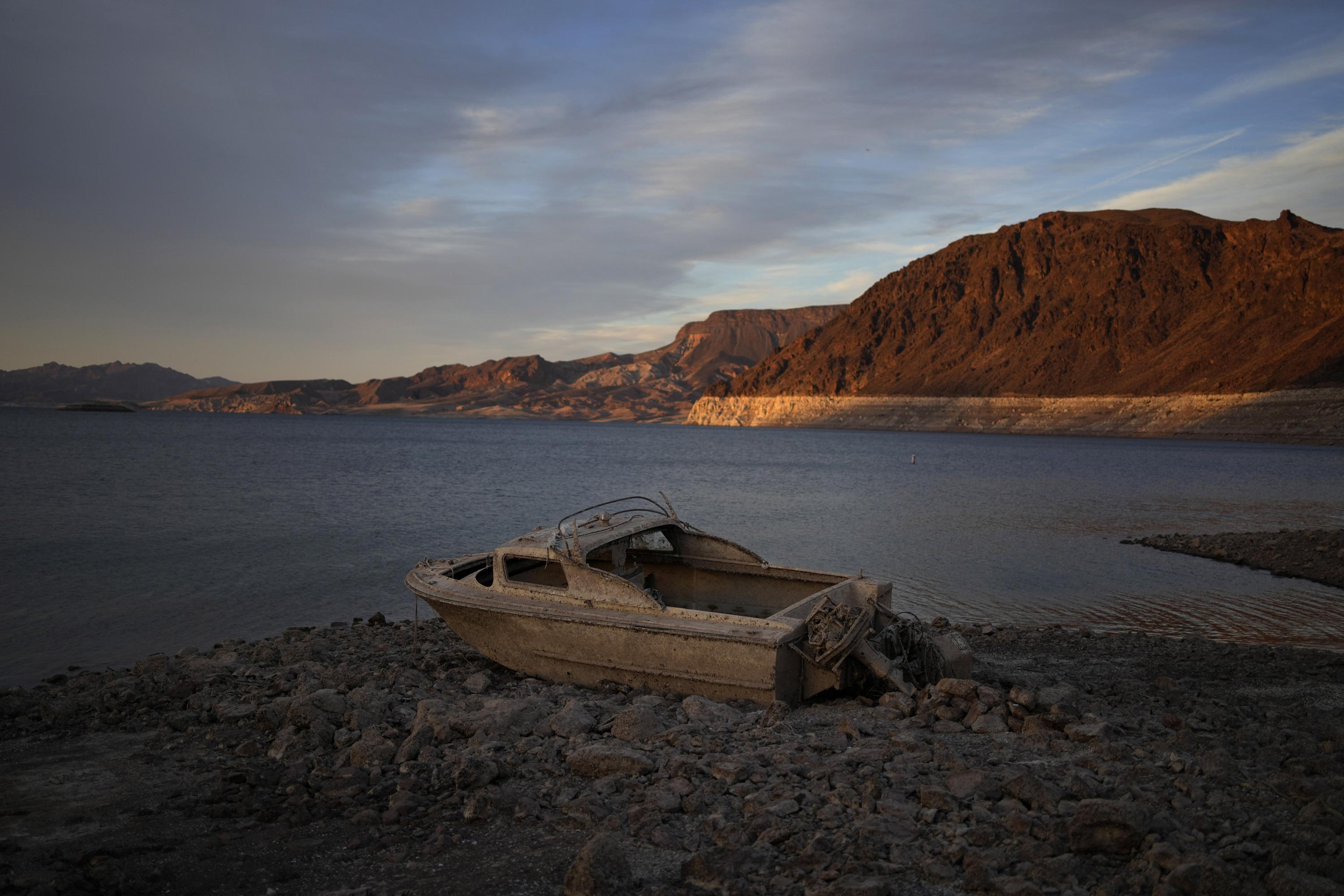
“Last summer, I asked Utahns to pray for rain, which helped, but we’re certainly not relying solely on deity to solve our problems.”
Desalination is considered.
I've heard the drought has actually been building for several years, and has been declared a "1200 year" drought. Civilizations such as the Anasazi have been driven from the region about that time frame. So perhaps it has to do with long-term cycles, and not necessarily a product of modern climate change processes.One thing I've wondered is what, specifically, is driving the drought.
Heavy rain can cause more damage than good if the ground can't absorb it. But you live there so I assume you can judge what's good and what isn't lol.Monsoon just started in Arizona and so far its been good. Had enough rain last night to make the runoff ditch behind my apartment flow pretty well.
It's not so much about living here, but rather people choose to farm in the desert which is just stupid. For example, something like 10% of all water usage in Utah is for personal consumption. Everything thing else goes towards farming, livestock, and industry which is just absurd. We wouldn't have a water problem if we didn't feel the need to grow water-intensive crops like alfalfa. The snow every year would more than sustain us without issue.
California has a similar problem with agriculture, particularly crops like almonds which is one of the most water-intensive crops there are.
We need to rethink our food, or shift production to areas where it makes sense.
I think California is going to have to eventually pivot to this model to fund large scale desalination/treatment of seawater. I'm not sure there will be much choice in a few decades.I know people don't like this but water has to cost money. Give an allotment for drinking, dishes, and bathing for a typical family at a low price, but then it should hit hard for things like watering lawns and growing crops. That is, if there is a shortage.
We have something like that here depending on what watershed you live in. If you live north of Salt Lake and are located in the Weber River water shed you can get a secondary hookup and meter that allows you to use that water for things like watering your lawn and whatnot. You're not supposed to drink it and it can't be hooked up to indoor water, but it does give residents the option to use a set amount of low-cost water. However, once you hit your cap, it's prohibitively expensive to use (or maybe it just shuts off now with the smart meters).I know people don't like this but water has to cost money. Give an allotment for drinking, dishes, and bathing for a typical family at a low price, but then it should hit hard for things like watering lawns and growing crops. That is, if there is a shortage.

